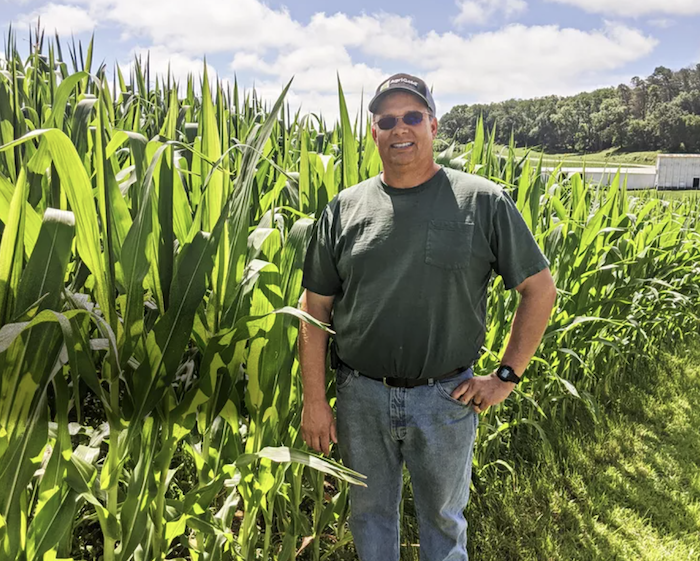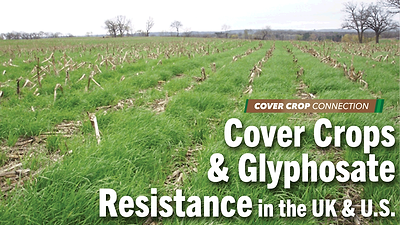Cover Crop Challenges
While cover crops have brought these valuable benefits, they’ve brought challenges, too. Finding the cover crop species that work best for them and discovering the most effective ways to establish the cover crops in the fall has been a process of trial and error. For the Syllings, cereal rye has emerged as their cover crop of choice. They’ve adopted frost seeding as a time-tested supplement to drilling cover seed after harvest.“In addition to rye, we’ve tried oats and had some success with that as a cover crop,” says Sylling. “We’ve also tried drilling hairy vetch, but we haven’t had success with it overwintering. We’ve tried dwarf essex rapeseed, too, and we have found that the rapeseed can volunteer in our cash crops even after a year or two of it being grown as a cover crop.”In their usual sequence of incorporating cover crops into their cropping system, the Syllings drill cereal rye after harvesting soybeans. Because they harvest the beans in late September through the first half of October, this timeframe permits the seeding of rye early enough for the rye to get started in the fall and overwinter.However, with corn, the harvest occurs later, starting in mid-October and providing only a narrow window of opportunity for a fall-planted cover to get started.“If the temperature stays relatively warm, we can still drill cereal rye after corn harvest and get a catch,” says Sylling. “But if the ground freezes up, drilling doesn’t work well for us. It did that this past year – the fall of 2022 – and we decided to frost seed the rest of the rye in the spring of 2023.”Typically, the Syllings frost seed the cereal rye in mid-March by broadcasting it over the top of the corn residue using a fertilizer spreader with a 60-foot spread.“To avoid working in muddy ground conditions, we typically go out with the spreader early in the morning when the ground is still frozen,” he says. “Or, we might start later in the evening.”
Myron and Mikal Sylling typically frost seed cereal rye in mid-March by broadcasting it over the top of the corn residue using a fertilizer spreader. Photo courtesy of Myron Sylling




